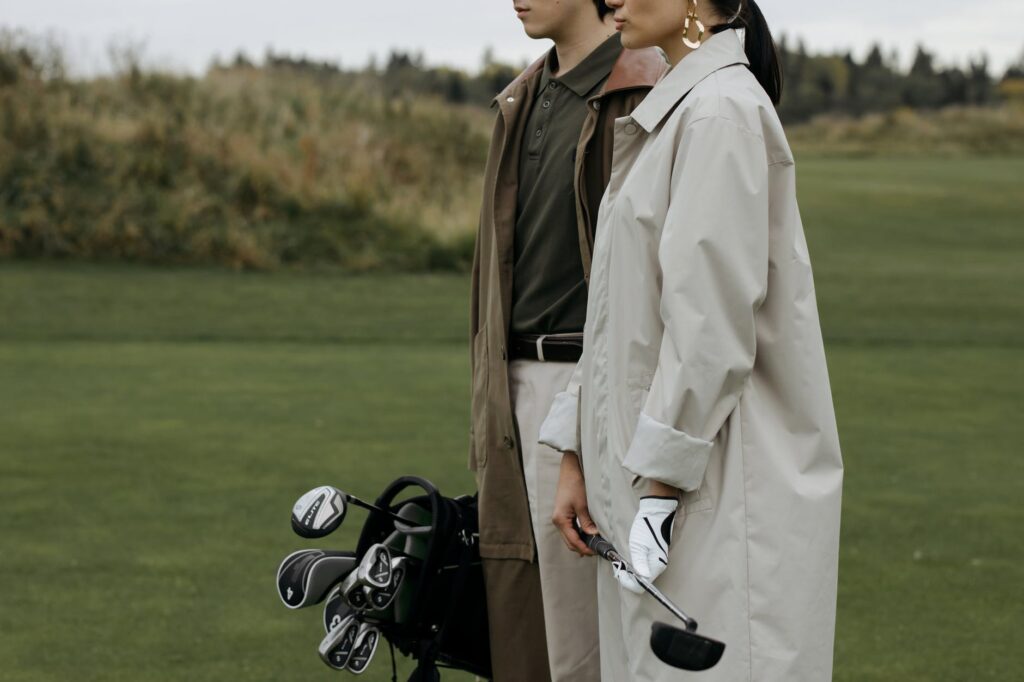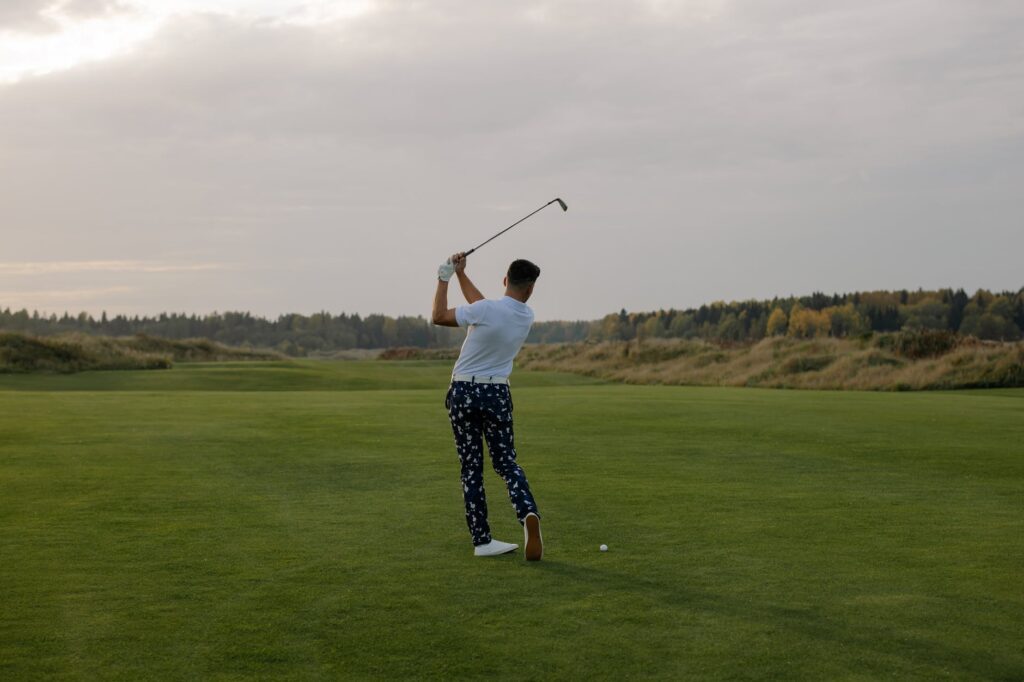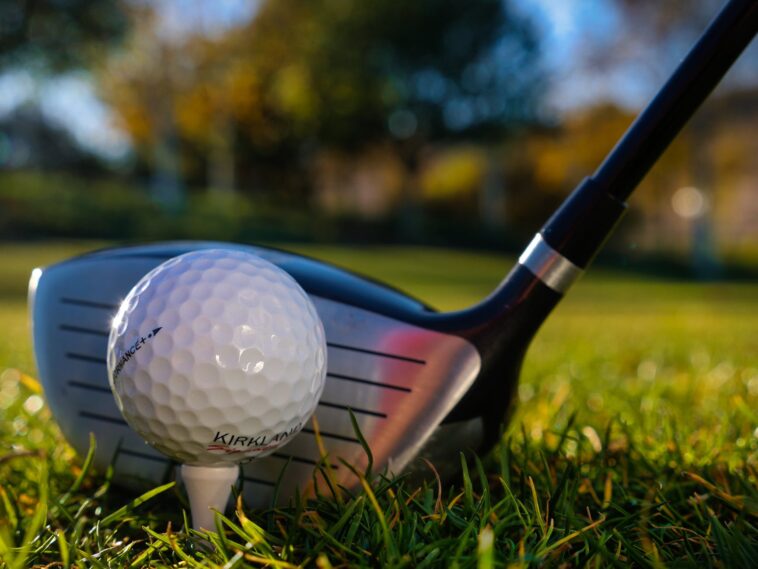Whether you are picking up golf as a new hobby or as a competitive sport, choosing the right golf club is the first step to your golfing journey.
The sheer variety of golf clubs can be confusing and overwhelming, especially for beginners. Aside from the wide range of selections, you must decide what’s suited for you before even getting started. With little to no experience in the game, it is hard to make these determinations alone.
This article will focus on the types of golf clubs and additional tips to ensure you are matched with the right equipment.
Do you need a 7-iron? Do you need a putter? What does each club do? What do you really need?
Let’s chunk it down to bits of digestible info.
Types of Golf Clubs and their Uses
An average golf course is approximately 74 acres, housing several terrains for different plays. In that vast space, you will need a diverse set of golf clubs to accomplish every game that you will encounter.
To familiarize yourself with various types of golf clubs, here’s a list specific to the distances they are intended for:

1. Woods for long-distance
When playing 175 yards or more away from the green, woods are normally used. Hollow-bodied and large-headed, woods are designed with lower loft angles to propel a golf ball the farthest. The first of its kind is made of wood, hence the name. Nowadays, they are actually made of metals such as steel and titanium, along with other alloys.
Since metal manufacturing technology has improved drastically throughout the years, they are now lighter than wood. At the same time, they’re much more durable, allowing for the production of forgiving club heads for beginners. The driver, or 1-wood, is typically used to hit the ball off an elevated tee. The lower the loft angle is, the farther a ball will traverse.
2. Irons for midrange
For holes less than 200 yards, irons are customarily used. The closer you are to the green, the higher the iron you will use. An ordinary golf set comprises a 3- through 9-iron because the 1- and 2-irons are extremely difficult to master even for advanced players.
Known as the long irons, 3-, 4-, and 5-irons have the longest shafts for longer-distance shots. The 6-, 7-, and 8-irons are called the middle irons, often used when the ball is roughly 130-180 yards away from the green, while 9-iron and pitching wedge are intended to hit higher, shorter shots to the green.

3. Hybrids for both long and midrange
Bringing together the best of both woods and irons, hybrids consist of a rounded head akin to the woods and clubface similar to the irons, resulting in a forgiving club ideal for beginners.
With its center of gravity lowered and pushed further back, hybrids produce more distance when compared to a typical 3 or 4 iron shot. The launch angle is higher (ranging from 16 to 26 degrees) than long irons. Plus, they have a shorter shaft compared to fairway woods, making them easier to hit.
4. Wedges for sand bunkers
Designed to lift the ball high into the air before landing on the putting surface, wedges are lofted higher than the others. There are four types of wedges for numerous purposes.
Pitching wedge has the least loft out of all wedges, typically about 46-48 degrees. A golf ball will pop up into the air and travel from approximately 110-140 yards. Next is called a gap wedge with 46 and 54 degrees of loft for 90 to 110 yards distance.
The third is the sand wedge with a loft between 54 and 58 degrees for hitting 90 yards from the sand, fairway, and rough. Lastly, we have a lob wedge that has the most loft at 60 to 65 degrees for a play that requires a precise shot at 70 yards.

5. Putters for close up
Probably the most crucial club in the bag, putters are utilized to roll the ball along the green into the hole. There are many styles of a putter, but two of the most commonly used are blade and mallet.
From the name itself, a blade putter has a head that is shaped like a flat blade that is traditional in design, has a small sweet spot and low forgiveness. The mallet putter, in contrast, is more forgiving and has a high moment of inertia, keeping the ball on its path without having to manipulate the large clubhead that much.
Tips Before Purchasing a Golf Club
- Use beginner clubs. Oftentimes, new players want to start off with the same clubs used by professionals, thinking that it will provide an advantage on the course. However, it is actually counterproductive to use tour-level clubs because they have specs that only respond with the most experienced golfers. Use clubs according to your skill level to help you enjoy the process of learning. Avoid discouragement by using forgiving clubs with larger sweet spots for you to adjust and gradually adapt to the sport.Don’t know what kind of club you should purchase? An abundant assortment of golf clubs are available online, and if you want to jump into the trusted and most reviewed brands, head over to I Over Golf for recommendations.
- Don’t buy the whole set. A maximum of 14 clubs is permitted per player to use on the golf course. If you’re a novice, it’s more practical to start with a half set or two-thirds set commonly consisting of four or five irons, a wood, and a putter. Golf equipment is not cheap so start slowly but strategically. You can always buy more when you’ve become a more adept player. Golf rangefinder is one of the most important part of the equipment and something which is necessary to posses. Websites such as The Left Rough are offering some of them, so check their websites and find suitable ones for you.
- Buy brand-new instead of secondhand. Because beginners understandably make lots of mistakes, finding used beginner golf clubs in good condition is rare. If you come across bargain clubs with minimal damage, go for it. But if there is no available club with satisfactory quality, it’s better to shop brand new to better suit your preferences.
Now that you are somewhat familiar to the basics of golf clubs, go and purchase your first set of beginner clubs. Remember to have fun and take your time learning this potential lifelong leisure. You can also purchase a golf simulator. A golf simulator can provide valuable feedback on your swing mechanics, ball flight, and club data. With features like swing analysis and shot tracking, you can identify areas for improvement and work on specific aspects of your game. There are a number of affordable golf simulators available, perfect for improving your game off course.




